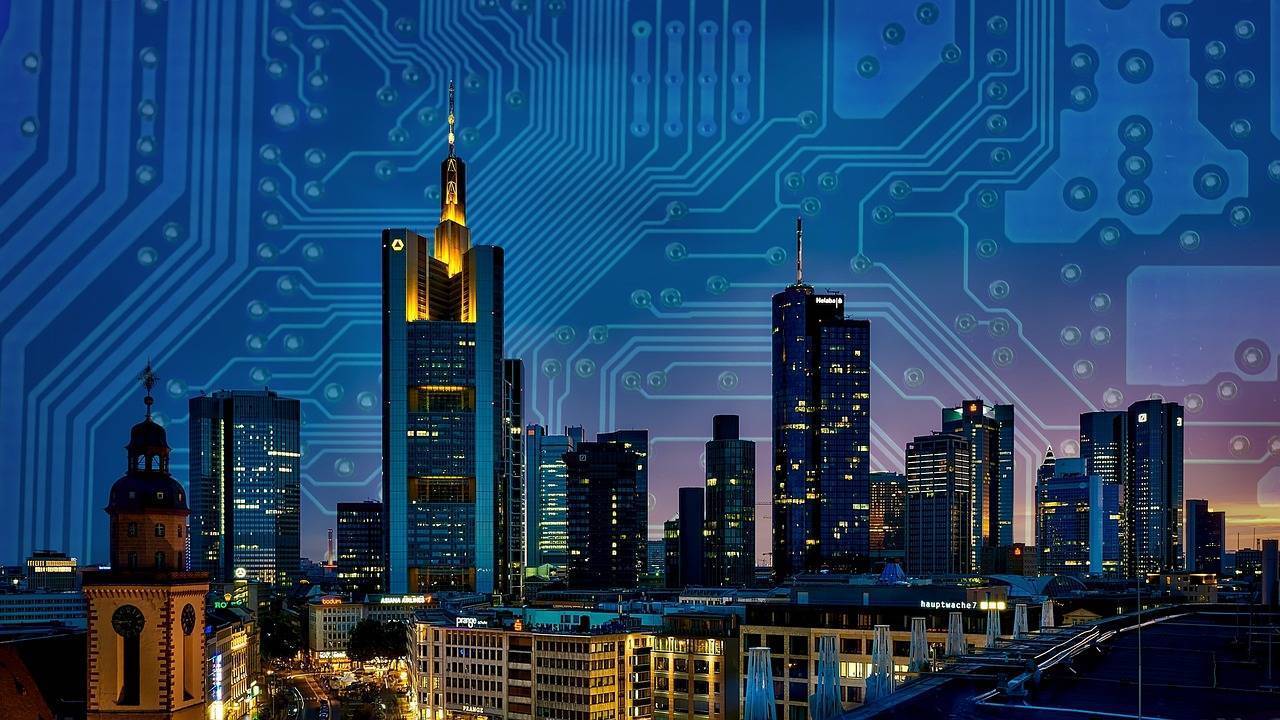The rapid growth of urban populations is creating new demands on city infrastructure, driving innovation to make urban living more efficient and sustainable. Smart cities, using IoT (Internet of Things) and AI (Artificial Intelligence), are emerging as a response to this demand, aiming to improve quality of life, environmental sustainability, and city management.
The Foundation of Smart Cities: Urban Design and Community Centric Planning
A smart city isn’t just defined by technology, it’s equally shaped by thoughtful urban design and community centric planning. Efficient public spaces, pedestrian friendly streets, and accessible green areas make cities more livable and sustainable. For example, a smart city incorporates elements like bike lanes, well designed public transport systems, and green rooftops to reduce urban heat and promote a healthier lifestyle. By prioritizing these aspects, smart cities aim to create environments that foster well being and reduce pollution, addressing both human and environmental needs without relying solely on high tech solutions.
Citizen Participation and Collaborative Governance
Another core aspect of a smart city is active citizen participation and collaborative governance. Engaging residents in decision making processes through open forums, digital platforms, and community meetings allows cities to address real needs effectively. When citizens contribute to city planning, they help create inclusive spaces and feel invested in their neighborhoods. This approach supports a strong sense of community and ensures that developments meet the diverse needs of urban populations, proving that a truly smart city values people as much as technology.
Understanding Smart Cities and Their Potential
Smart cities integrate digital technologies like IoT and AI to gather, analyze, and apply data across urban services. This technology driven infrastructure allows for real time insights and decision making, helping cities become more adaptive and responsive to resident’s needs.
A truly smart city can use technology to monitor pollution, control energy use, enhance transportation, and improve waste management. Cities like Singapore, Barcelona, and Amsterdam are leading examples, using technology to solve urban challenges in ways that are now inspiring city planning worldwide.
IoT’s Role in Transforming Urban Infrastructure
IoT connects devices and systems, creating a network of interconnected resources across cities. This technology allows for real time monitoring and control of utilities, transportation, and public safety systems. Sensors in traffic lights, for example, can adjust in real time based on traffic flow, reducing congestion and fuel use. Smart meters in buildings allow for efficient energy and water management, as utilities can be monitored and adjusted remotely.
Public safety is another area where IoT is transforming cities. Connected surveillance systems, emergency response devices, and predictive policing platforms can significantly reduce crime rates and enhance the safety of residents. By using IoT to connect essential services, cities can improve efficiency while reducing environmental impact.
AI in Smart City Planning and Management
AI takes IoT data and translates it into actionable insights, helping cities become more responsive and efficient. In transportation, for instance, AI can optimize bus routes, reduce delays, and improve scheduling by analyzing commuter patterns and predicting traffic conditions.
AI also plays a role in energy management, with algorithms that adjust building energy use based on occupancy patterns, weather conditions, and demand. This leads to reduced energy waste and lower utility costs. Similarly, waste management systems use AI to forecast waste volumes, optimizing collection routes and reducing the environmental impact of city operations.
Achieving Sustainability with IoT and AI
One of the greatest benefits of IoT and AI in smart cities is their contribution to environmental sustainability. By reducing resource consumption and minimizing waste, these technologies help cities lower carbon emissions and support global climate goals.
For instance, AI powered energy grids can integrate renewable energy sources like solar and wind, optimizing their use based on supply and demand. Smart water management systems can detect leaks early, conserving water and preventing waste. These technologies align with the global move toward sustainability and allow cities to balance economic growth with environmental responsibility.
Challenges and Considerations
Despite the promise of smart cities, there are challenges to implementing IoT and AI on a large scale. Data privacy is a significant concern, as these technologies require vast amounts of personal and location based data. Cities must prioritize cybersecurity and establish protocols for safe data management to protect resident’s privacy.
Another challenge is infrastructure investment. Implementing IoT and AI systems can be costly, and not all cities have the resources to support such changes. However, with clear policy frameworks, private public partnerships, and incentives for sustainable technologies, cities can accelerate their smart city journeys.
Looking to the Future
The potential of IoT and AI in building sustainable, efficient urban environments is tremendous. As technology advances, smart cities will continue to evolve, creating more responsive, connected, and resilient urban spaces. The future of cities lies in how effectively they can harness IoT and AI to serve the needs of their residents and the planet.
Authored By:

Manoj Punamiya, CEO of Royal India Corporation Ltd (RICL). He is leading the company through a transformative phase, positioning it as a major player in India’s evolving real estate landscape. Under his leadership, RICL has not only achieved a significant financial recovery but is also laying the groundwork for sustainable growth and innovation.









.png)